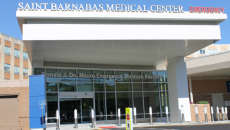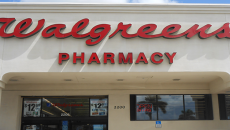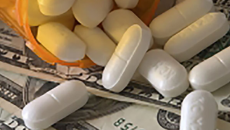Patient Engagement
The best way to engage with patients is to knock on a hospital room door, walk in, wash your hands and then sit down and speak with the person in that bed.
Done right and paid right, house calls could prove to be a better way of treating very sick, elderly patients while they can still live at home, feds say.
As hospitals and health systems invest heavily in patient engagement initiatives to deliver a better clinical experience -- and in many cases, to drive revenue -- sometimes just changing how medical professionals interact with patients can have the biggest impact.
During 2014, the first full year of the law's implementation, 91 percent of children who were eligible for Medicaid or the Children's Health Insurance Program were enrolled, according to the study by researchers at the Urban Institute. In 2013, that figure was 88.7 percent and only 81.7 percent in 2008.
The study sought to measure whether having access to such a tool, and with it more price information, was associated with a reduction in annual outpatient spending in the first 12 months after the tool was introduced.
Citing "well-intended" but "flawed" public policy that led doctors to treat pain more aggressively, Stack advised physicians to avoid prescribing opioids to patients with non-cancer pain, except in cases where the benefits are expected to outweigh the risks.
Alignment between the two systems will enhance Texas Health's network of care centers, which includes hospitals and outpatient facilities, that serve 7 million people in and around the Dallas-Fort Worth region.
Instead of slashing jobs to cut costs and increase profits, hospitals should focus on delivering high-quality customer experiences to widen their margins. That's the word from a new study released by Accenture, which shows that hospitals who delivered superior customer experiences increased their net margins by 50 percent over average-performing facilities.
Walgreens is teaming up with Mental Health America, a nonprofit focused on the needs of those struggling with mental health issues, to launch a new initiative to increase mental health screenings and tie patients with more telehealth services.
An extra $73 billion was spent between 2010 and 2012 on brand name medications, according to a new study by JAMA Internal Medicine, and the practice of therapeutic substitution could help to drive down those costs, a new study suggests.









